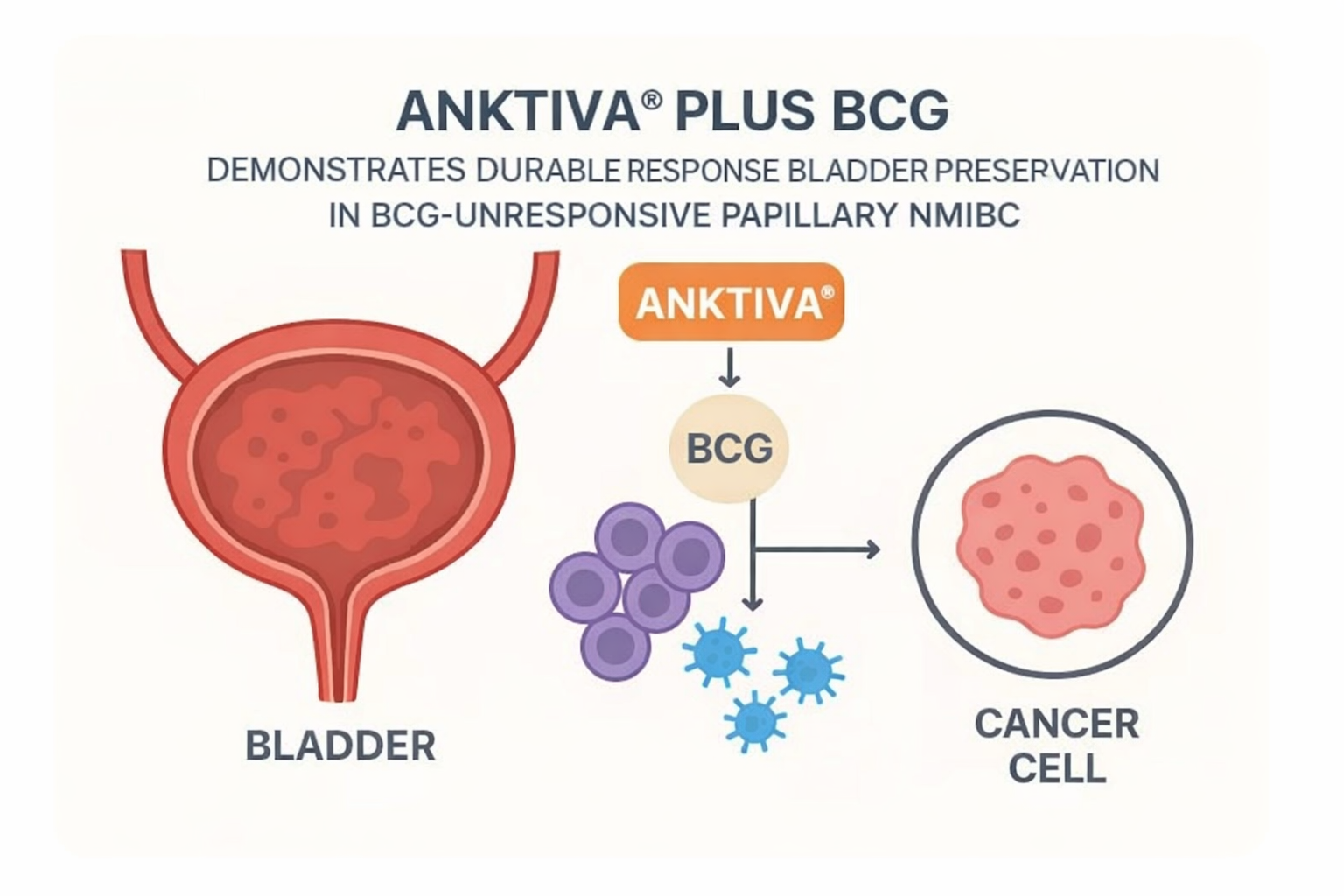

Genomic risk classifiers (GRCs) for localized prostate cancer show promising precision in risk stratification but lack standardization in clinical application, with significant variations in usage patterns across different socioeconomic and geographic populations. Current evidence suggests all three commercially available tests (Decipher, Oncotype DX, Prolaris) may reduce treatment intensity, but ongoing prospective trials are needed to establish their definitive role in improving patient outcomes.

Review Scope & Methods
- Analysis of insurance claims data examining relationships between sociodemographic factors and GRC utilization patterns
- Evaluation of three commercially available tissue-based multigene expression classifiers: Decipher, Oncotype DX, and Prolaris
- Assessment of current evidence gaps and ongoing prospective clinical trials
- Review of treatment decision-making patterns following different GRC testing approaches
Key Findings
- All three GRCs were independently associated with less aggressive management strategies
- Prolaris testing showed greater association with surgical intervention compared to other assays
- Decipher users were more likely to receive combination androgen deprivation therapy with radiotherapy
- Active surveillance patients were twice as likely to have received GRC testing
- Higher-income patients showed increased access to GRC testing, suggesting socioeconomic disparities
Clinical Implications
- GRCs appear most useful for de-escalation to active surveillance rather than treatment intensification
- Current lack of consensus on optimal GRC utilization creates inconsistencies in clinical practice
- Geographic and insurance-based variations in GRC distribution may affect equitable access to precision medicine
- Ongoing prospective trials (G-MAJOR, NRG-GU009, NRG-GU010, THUNDER) may provide definitive evidence for standardized GRC implementation
Evidence Quality
- Observational study designs introduce potential selection bias in GRC utilization patterns
- Lack of patient-level staging data (Gleason score, PSA density) limits evaluation of GRC contribution to clinical decisions
- Exclusion of uninsured patients prevents comprehensive assessment of economic determinants
- Long-term prospective outcomes data currently insufficient to demonstrate survival or quality-of-life benefits




